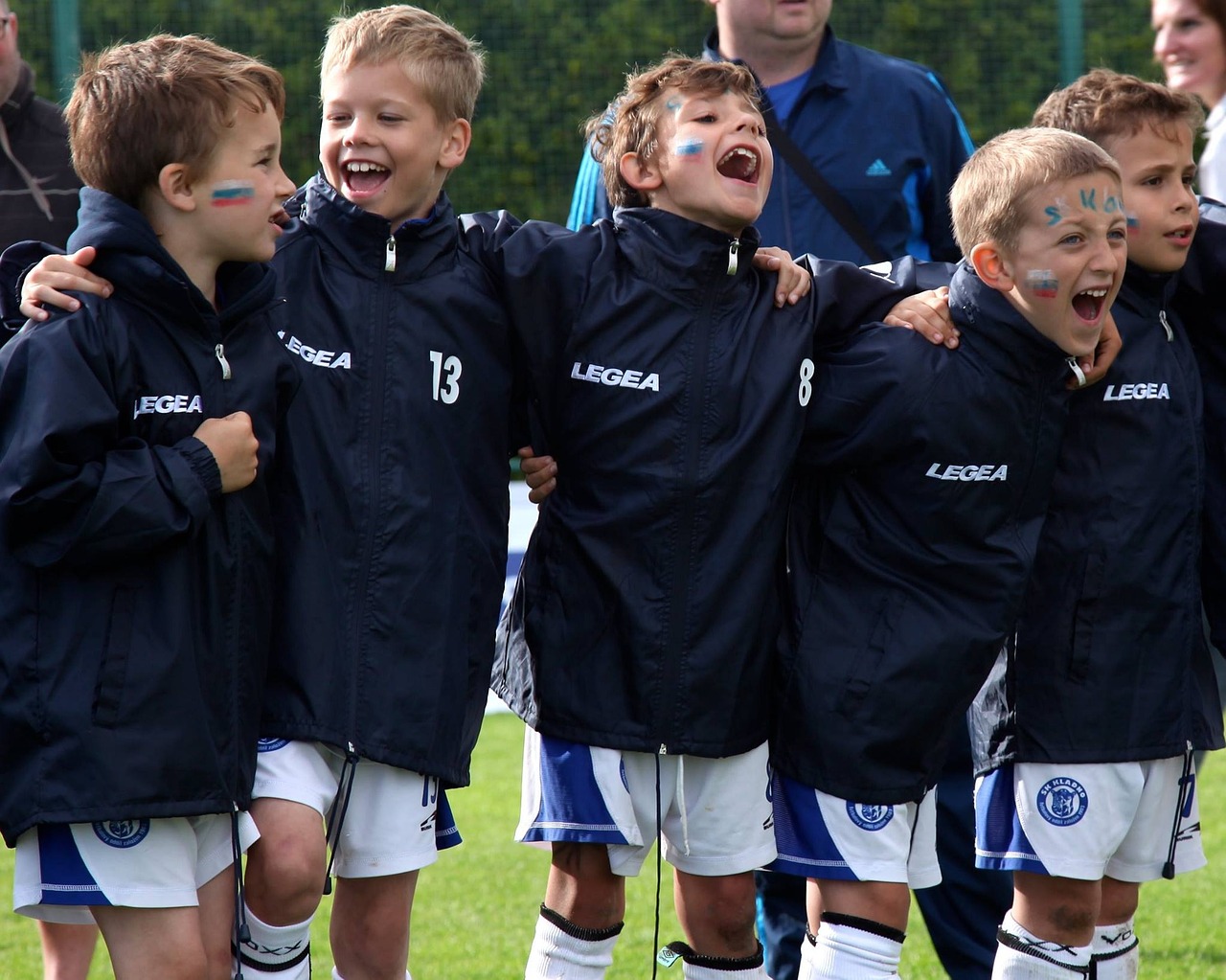Media release
From:
Physical activity + organised sports participation may ward off childhood mental ill health
But clear sex differences in protective effects, depending on condition, findings indicate
Physical activity in early childhood, especially taking part in organised sports, may ward off several mental health disorders in later childhood and adolescence, suggests research published online in the British Journal of Sports Medicine.
But there seem to be clear sex differences in the observed protective effects, depending on the condition, the findings indicate.
The prevalence of mental ill health among children and teens has risen sharply worldwide, with a heightened vulnerability to stress thought to partially explain the increase, note the researchers.
Physical activity has been suggested as crucial for helping build resilience to stress and lowering the risks of mental ill health in childhood. But it’s not clear if there are time points when it might be most beneficial.
To try and find out, the researchers drew on the ABIS Study (All Babies in Southeast Sweden), which includes nationally representative data collected from 17055 families with children born between 1 October 1997 and 1 October 1999 in Southeast Sweden.
In all, 16,365 children were included in the study from birth, 7880 (48%) of whom were girls and 8485 (52%) of whom were boys.
The parents reported on their children’s physical activity levels, the amount of time they spent outdoors, and any participation in organised sports at the ages of 5, 8, and 11.
One in four children experienced a traumatic event before the age of 5 and almost 30% had done so by the age of 10.
Their mental health was tracked up to the age of 18, with confirmed mental health diagnoses obtained from a national registry. In all, 1353 participants (15%) were diagnosed with at least one mental health issue during childhood, while 4% had three or more such diagnoses.
Analysis of all the data showed that physical activity levels fell from a daily average of just over 4 hours to 2.5 hours between the ages of 5 and 11.
The daily amount of physical activity at the age of 11 was associated with a 12% lower risk of being diagnosed with any mental disorder before the age of 18 for each additional physically active hour.
But there were sex differences in the level of associated protection afforded. For example, physical activity was associated with a 30% lower risk of any mental ill health among boys at the age of 11, but not among girls after adjusting for mothers’ education and use of mental health medication, adverse life events, and sex.
When the incidence of specific mental health conditions was analysed in relation to daily physical activity levels, the risk of depression among girls was 18% lower, but 29% lower among boys at the age of 11.
The effects seemed to start early—at least in boys. The risk of depression was 19% lower at the age of 5 and 23% lower at the age of 8 among boys, but not among girls. And while the risk of anxiety fell sharply at both the ages of 5 (21% lower) and 11 (39% lower) among boys, no such effects were seen among girls.
Similarly, the risk of addiction was 34% lower at the age of 8 and 35% lower at the age of 11 among boys, but not among girls.
Time spent outdoors wasn’t influential, but taking part in organised sports at the age of 11 was strongly associated with lower risks of a first-time occurrence of any mental health disorder among both boys (23% lower) and girls (12% lower).
When stratified by specific condition, organised sports participation was associated with a 35% lower risk of depression among boys, but only an 11% lower risk among girls for every additional weekly hour engaged in it.
Organised sports participation was also associated with a 14% lower risk of anxiety among girls and a 21% lower risk among boys, as well as a 41% lower risk of addiction among girls and a 30% lower risk among boys. It didn’t influence the risks of eating and sleep disorders.
“Physical activity may influence boys and girls in different ways, including changes mediated by different levels of sex hormones. However, these effects might be direct—for example, by influencing brain health and development, or indirect—for example, by reducing subclinical hyperactivity, which is more common among boys,” explain the researchers.
“Furthermore, there may exist differences in physiological consequences (eg, variation in intensity of physical activity) and psychological experiences that are connected to gender and cultural norms.”
Although covering an extended period, this is an observational study, thereby precluding any firm conclusions to be drawn about cause and effect. The study also relied on parental recall.
“Our results support the hypothesis that the period just before, and during, the early stages of puberty might represent a sensitive period in which [physical activity] is key to the development of resilience and hardiness,” with the period between the ages of 10 and 12 representing a critical window of opportunity,” suggest the researchers.
“Given the dramatic increase in the global prevalence of psychiatric disorders among children and adolescents, this study highlights the importance of promoting [physical activity], particularly through organised sports,” they conclude.



 International
International


